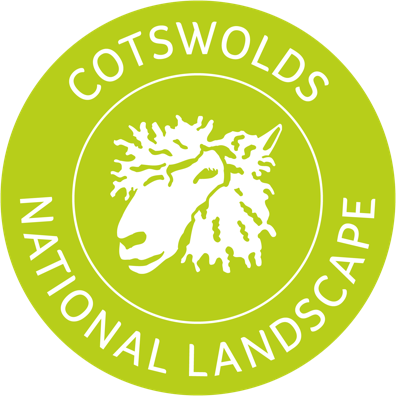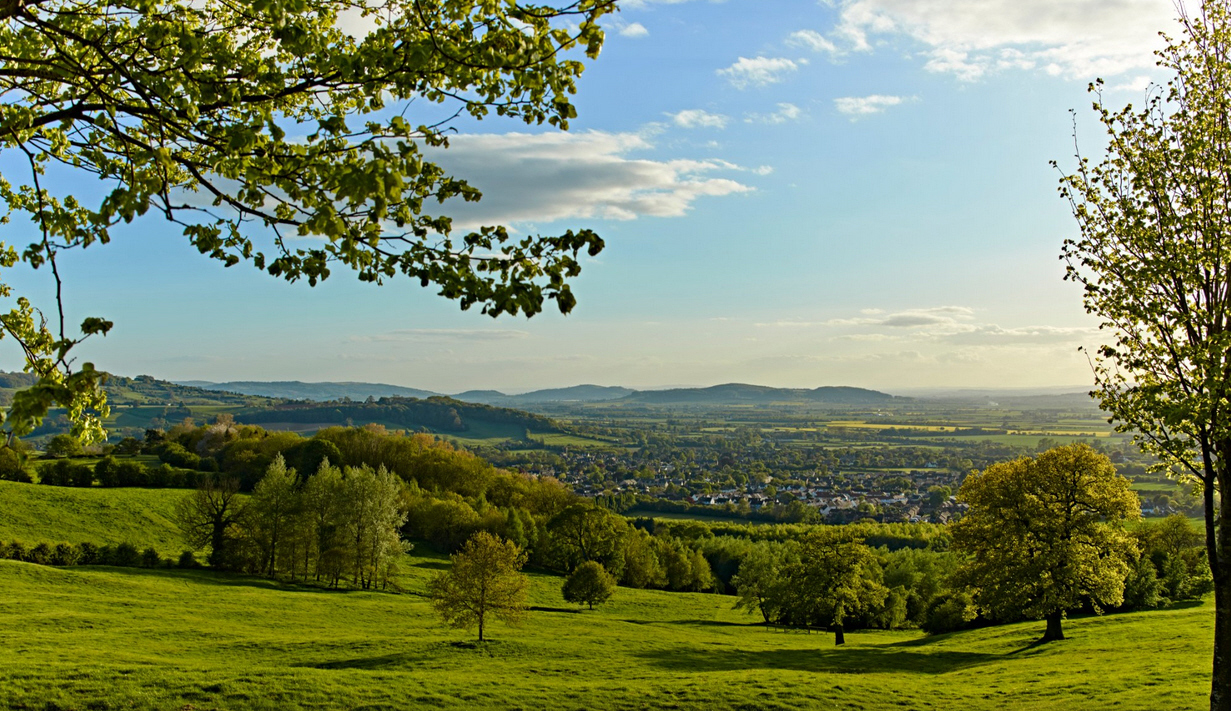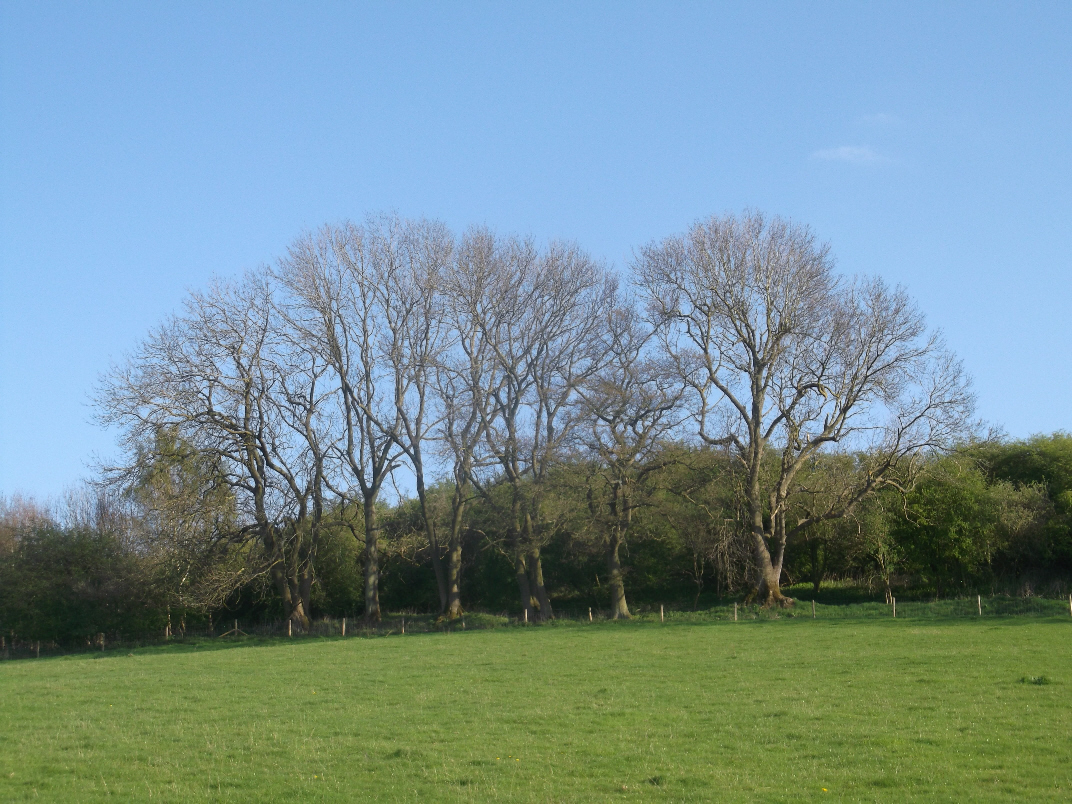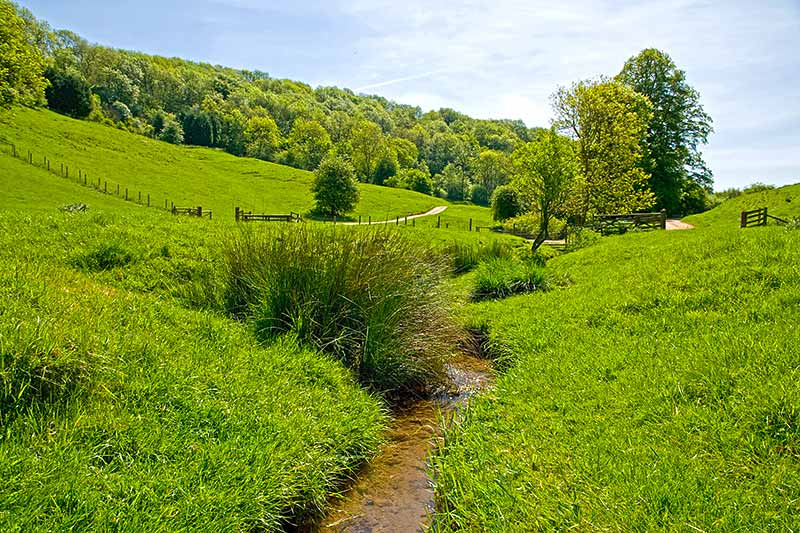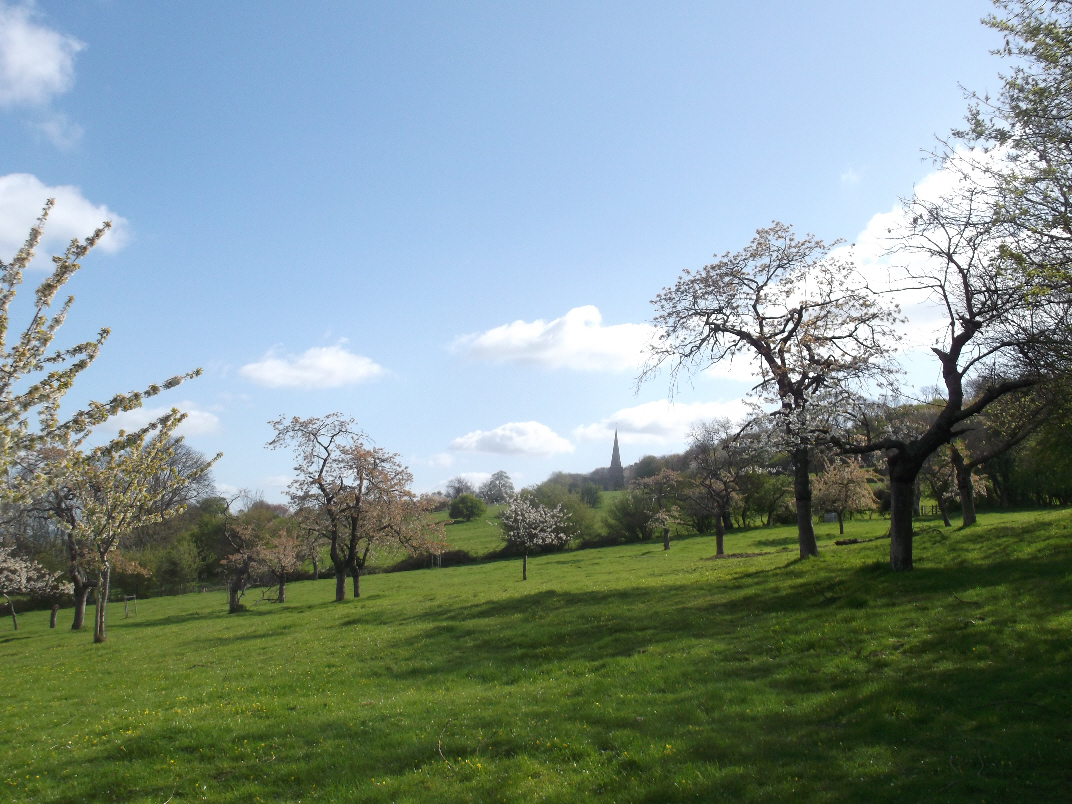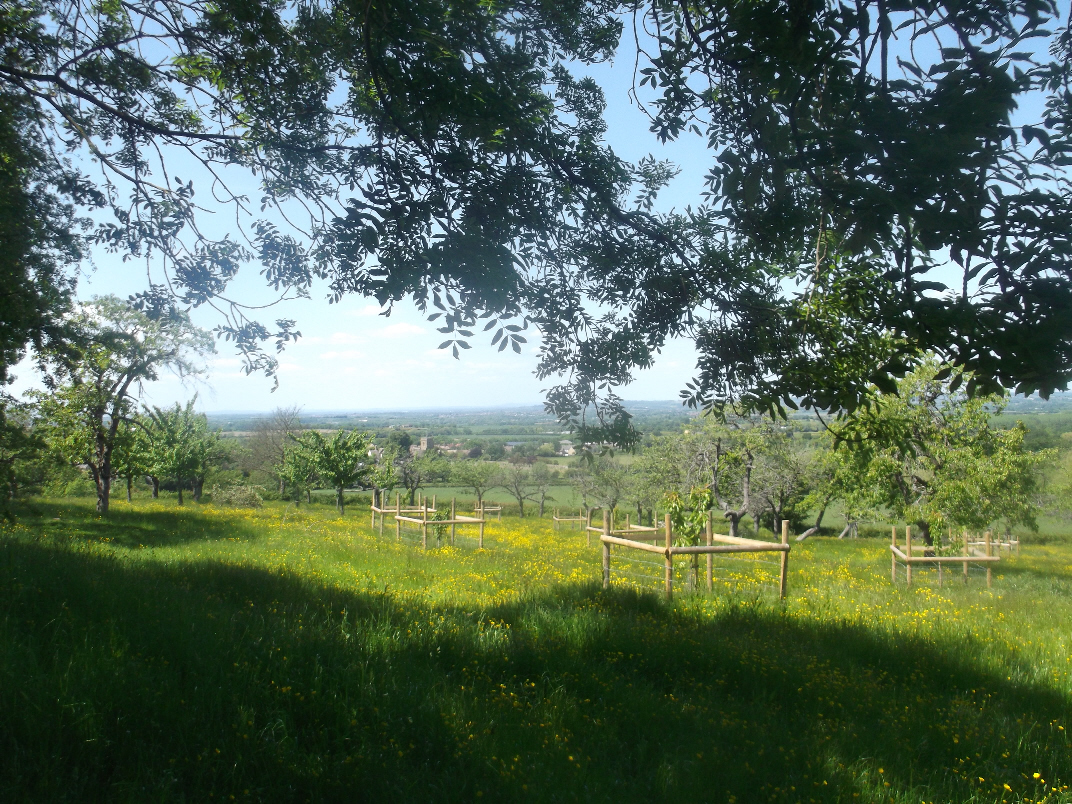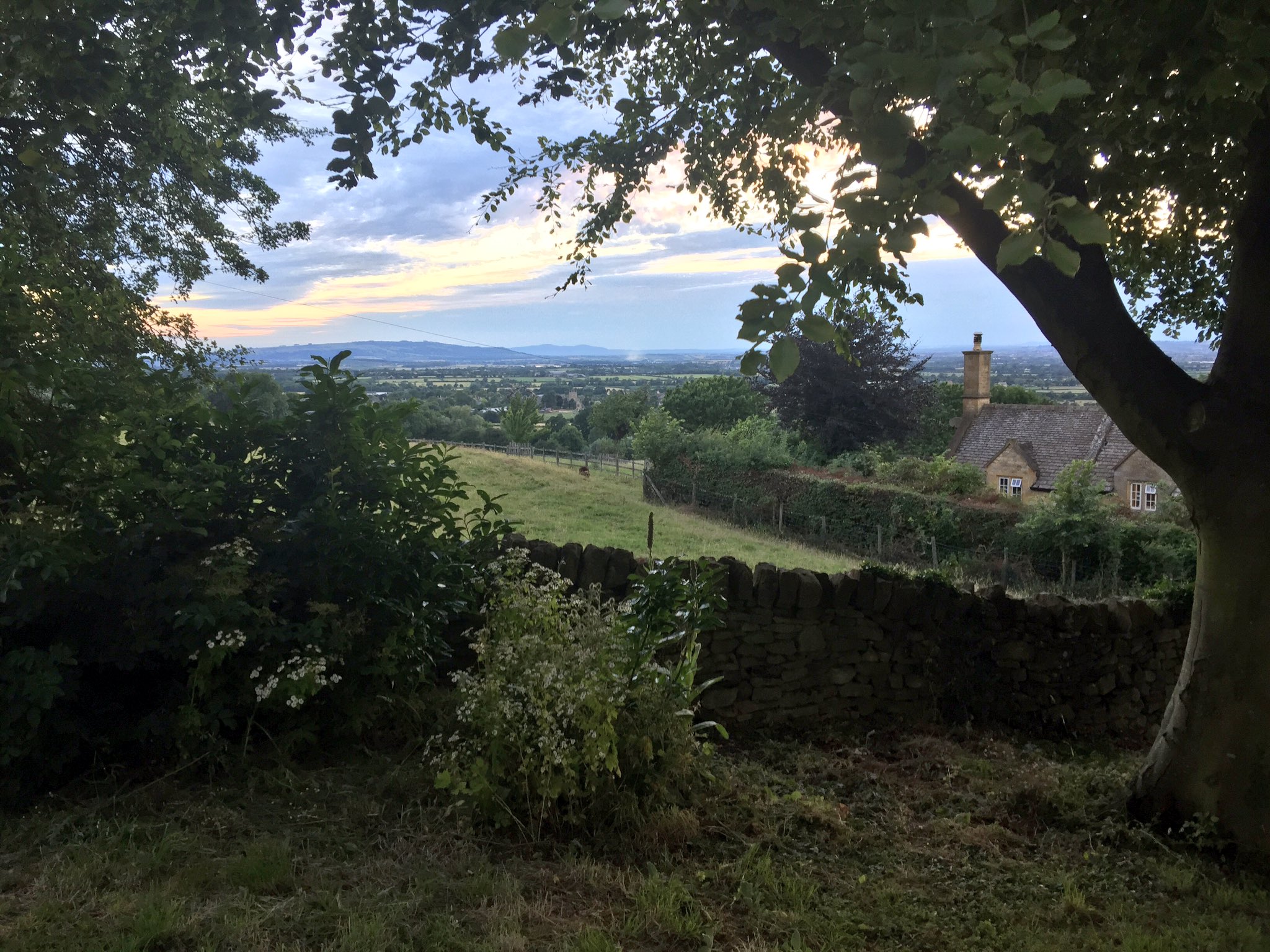|
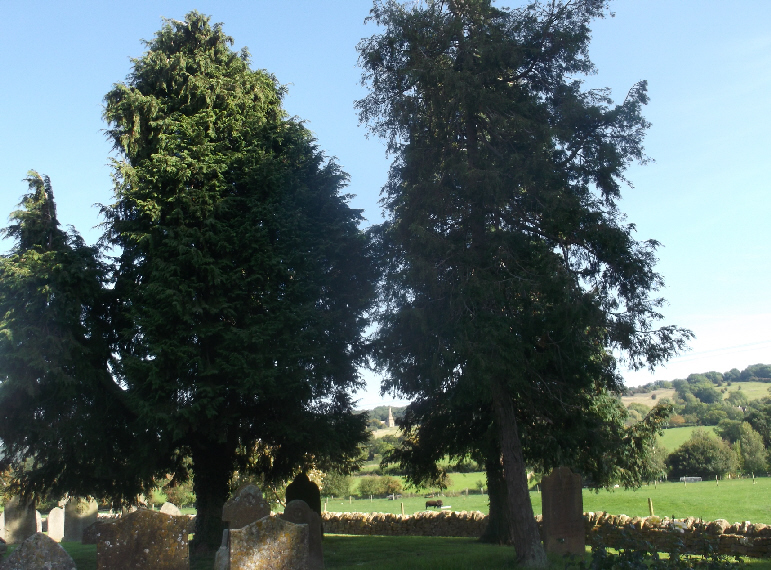
Most of Willersey is within what was called the Cotswold Area of Outstanding Natural Beauty (AONB).
In September 2020 the Cotswold AONB board voted to call itself the Cotswolds National Landscape.
There is also a newly designed website using the same address which has a great deal of interesting and useful information.
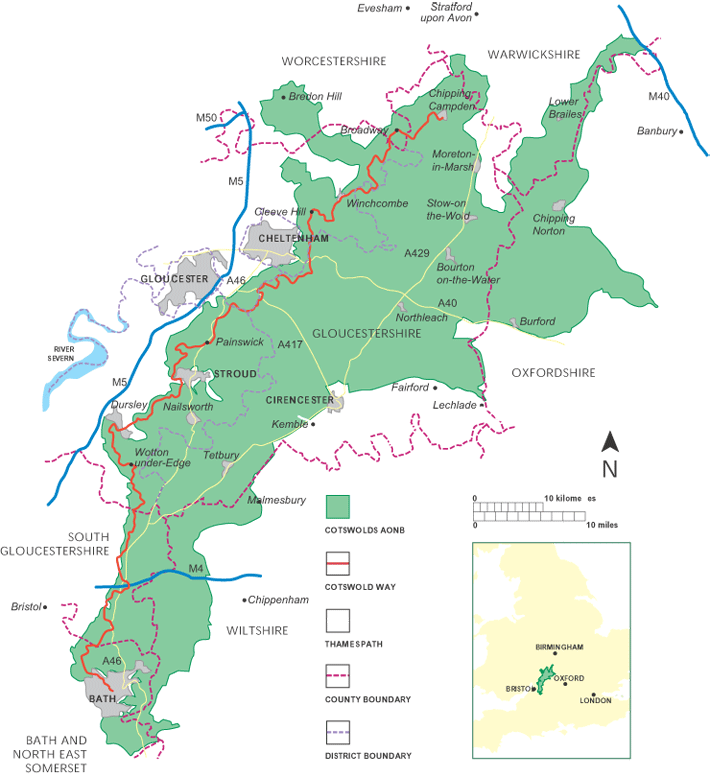
The Cotswolds is one of the most beautiful areas of England, known and loved by people across the world.
It is the largest of the 38 Areas of Outstanding Natural Beauty (AONB) in England and Wales. It's an area with stone walls and buildings, open skies,
rolling grasslands, beech woods and captivating villages, making it an outstanding English landscape - a landscape once experienced, never forgotten.
Willersey is at the north of this AONB map just to the left of the “Chip” of Chipping Campden. You can see that Willersey is in
Gloucestershire and the the Cotswold Way passes nearby.
If you enlarge the top portion of this interactive map you
will see that in Willersey,
Collin Lane is the North Western boundary of the AONB (in green).
A farmer will define the Cotswolds as an area of gently sloping hills good for arable and sheep farming, a geologist would enthuse over our oolitic
limestone and an estate agent will name it as one of the most 'affluent' and 'desirable' addresses in Britain.
The meaning of the Cotswolds as an Area of Outstanding Natural Beauty is that it is a special landscape safeguarded for future generations.
The enabling legislation was the National Parks and Access to the Countryside Act of 1949. The Cotswolds was designated as an AONB in 1966.
Over the years the pressures on the countryside have increased and in 2000 the Countryside Rights of Way Act, (CROW) addressed that challenge.
The act confirmed that AONBs, shared with National Parks the highest status of protection in relation to landscape and scenic beauty.
The government also placed new responsibilities on local authorities to ensure further protection for designated landscapes.
The 2000 act allowed the establishment of Conservation Boards to oversee all AONBs. The
Cotswolds Conservation Board has been carrying out that
duty since December 2004.
Second AONB Draft Management Plan for Consultation
The Cotswolds Conservation Board has reviewed the statutory Management Plan for the Cotswolds AONB. The Plan seeks to define the approach to conserving,
enhancing, understanding and enjoying the natural beauty of the AONB. It aims to inform the activity of a multitude of partners, stakeholders, landowners, businesses,
communities and visitors to contribute to the enhancement and enjoyment of this nationally designated landscape. This is an exciting, but challenging time to undertake this review.
The Board also believes it is the ideal time to be ambitious and forward thinking in order to achieve the best outcomes for the AONB into the future.
During the last year we have held workshops and undertaken targeted engagement with our partners on a First Draft Plan. We’ve carefully considered the comments we received
and have now produced a Second Draft AONB Management Plan for wider consultation.
The Second Draft Plan can be viewed on our website at Cotswolds AONB Management Plan.
We welcomed your input and comments on this Second Draft Plan by 29th March 2018.
Please send them to managementplan@cotswoldsaonb.org.uk.
Areas of Outstanding National Beauty are part of a family of protected areas recognised and classified by the International Union
for the Conservation of Nature (IUCN) throughout the world. AONBs and National Parks in England and Wales fall into Category V - Protected Landscapes.
There are 46 AONBs in Britain (38 in England and Wales and eight in Northern Ireland) and these together with the 15 National Parks cover
around 25% of our countryside. AONBs are designated in recognition of their national importance and to ensure that their character
and qualities are protected for all to enjoy.
The primary purpose of the AONB designation is to conserve and enhance the natural beauty of the area, now and for future generations.
The designation gives a formal recognition to an area’s landscape importance and allows for the development of communities and economic
activity. However development is only permitted in ways that enhance the landscape character of the AONB.
The enabling legislation for AONBs was the National Parks and Access to the Countryside Act of 1949 which came about shortly after
the Second World War and in response to the increasing pressure of new development. The government of the day decided to formally
recognise the fact that the countryside of England and Wales has a rich diversity of scenery, which is of great value and worthy of protection.
Established in 2004, the Cotswold AONB Board is the only organisation
to look after the AONB as a whole and
is a statutory body created as a result of the Countryside and Rights of Way Act 2000.
The two key purposes of the Board are to
conserve and enhance the natural beauty of the Cotswolds AONB and to
increase understanding and enjoyment of the special qualities of the AONB, ensuring that these complement the conservation and enhancement of the are.a
In fulfilling these roles, the board seeks to foster the social and economic well-being of local communities within the AONB.
The board works to the Cotswolds AONB Management Plan 2013-18, which sets out its aims and objectives over this five year period.
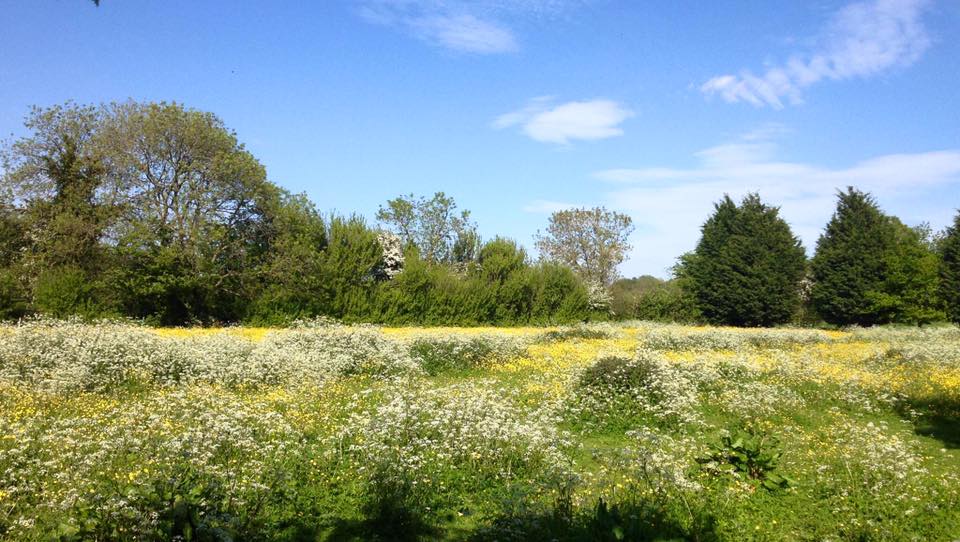
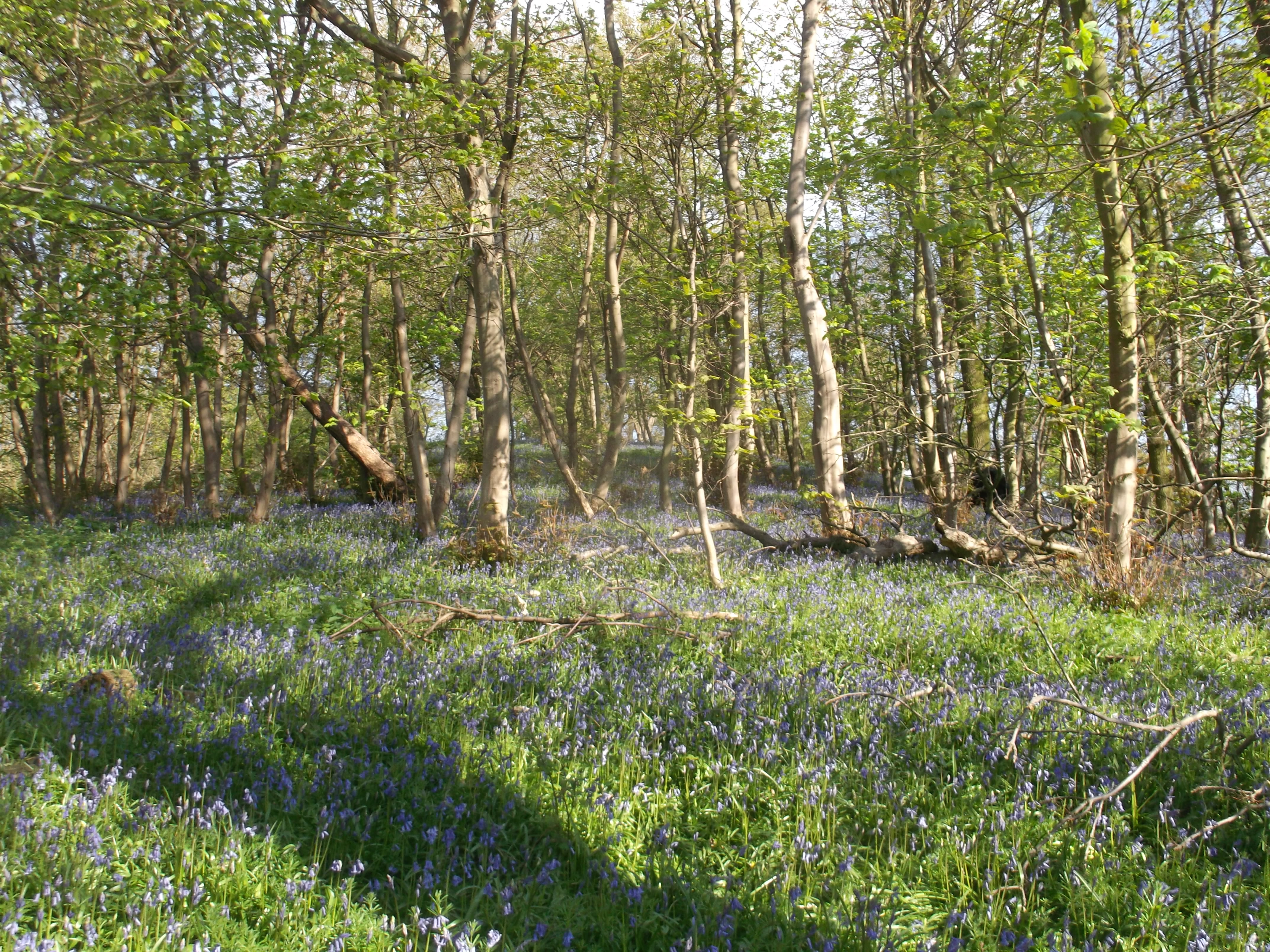
Cotswold AONB video.
This article in the Daily Telegraph
highlights how easily planning permissions are granted in AONBs.
|
